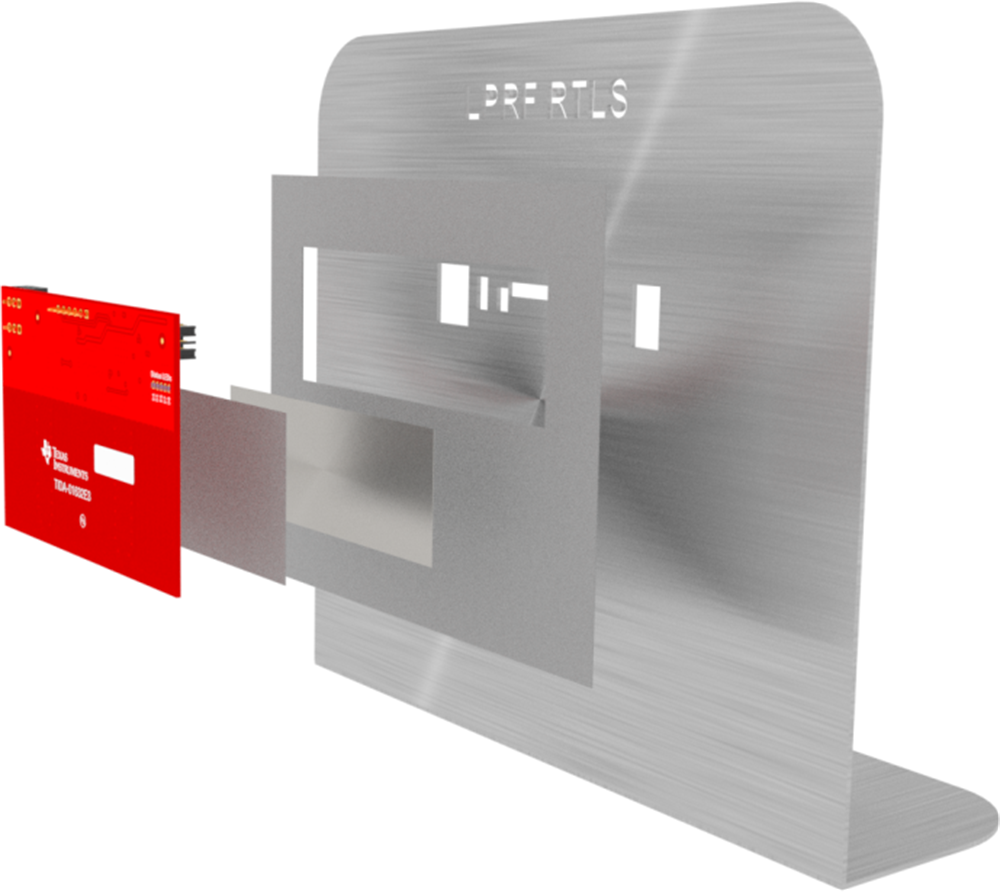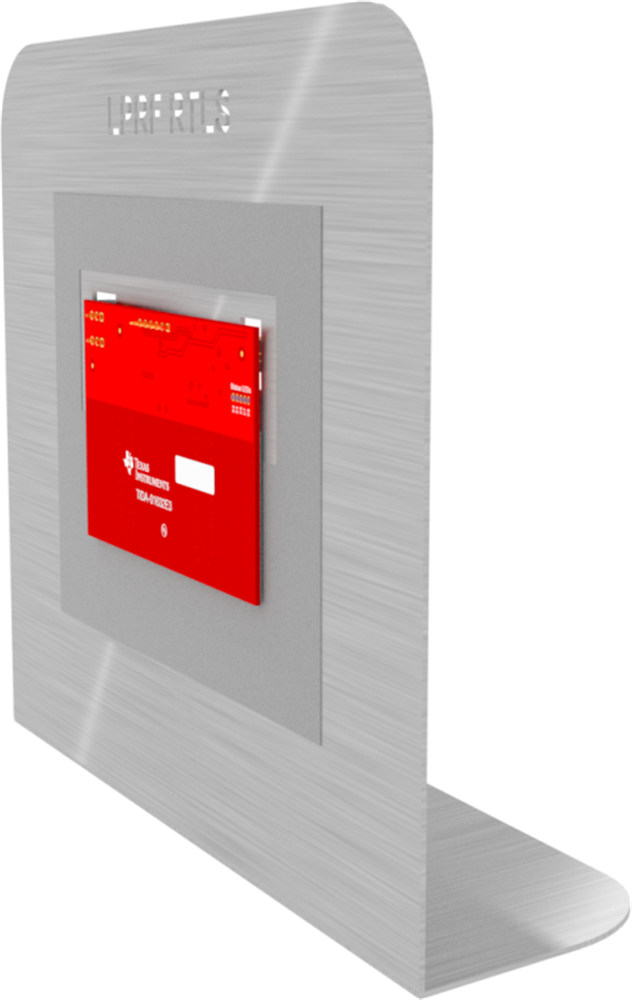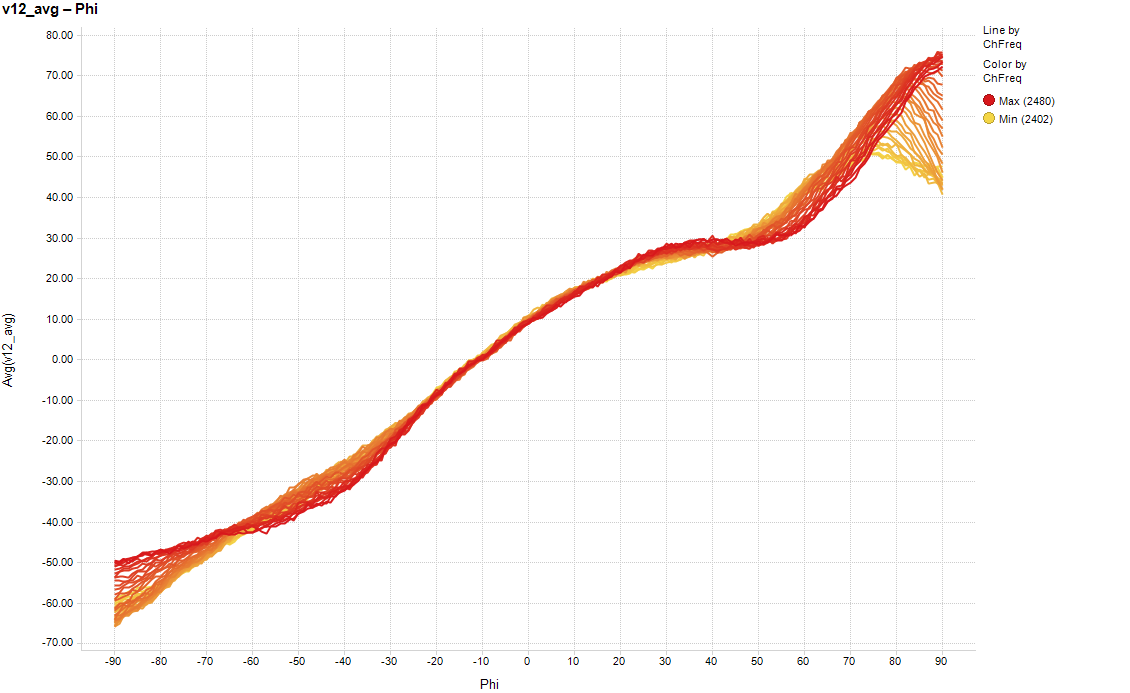TIDA029A july 2019 – june 2023 CC2640R2F-Q1 , CC2642R , CC2642R-Q1
- 1
- Bluetooth Angle of Arrival (AoA) Antenna Design
- Trademarks
- 1Introduction
- 2Angle of Arrival Antenna Design Considerations
- 3Dipole Antenna Array
- 4Calculating AoA From IQ Measurements
- 5References
- 6Revision History
3.4.2.4 PCB + RF Absorbing Material + Tin-Plated Copper Foil + Metal
In this setup, one layer of WaveX WX-A-010-12P RF absorbing material from ARC Technologies and one layer of 3M 1183 tin-plated copper foil and a metal stand is attached on the TIDA-01632 boards (opposite side from the incoming RF signal) shown in Figure 3-43 and Figure 3-44.
 Figure 3-43 PCB + RF Absorbing Material + Tin-Plated Copper Foil + Metal Individual Pieces
Figure 3-43 PCB + RF Absorbing Material + Tin-Plated Copper Foil + Metal Individual Pieces Figure 3-44 PCB + RF Absorbing Material + Tin-Plated Copper Foil + Metal
Figure 3-44 PCB + RF Absorbing Material + Tin-Plated Copper Foil + Metal Figure 3-45 PCB + RF Absorbing Material + Tin-Plated Copper Foil + Metal Phase Difference Over Angle Results
Figure 3-45 PCB + RF Absorbing Material + Tin-Plated Copper Foil + Metal Phase Difference Over Angle ResultsThe final hardware setup shows the best results over all angles. However, the results are not as linear as the previous setups and show more error outside of the –25° to 25° range.